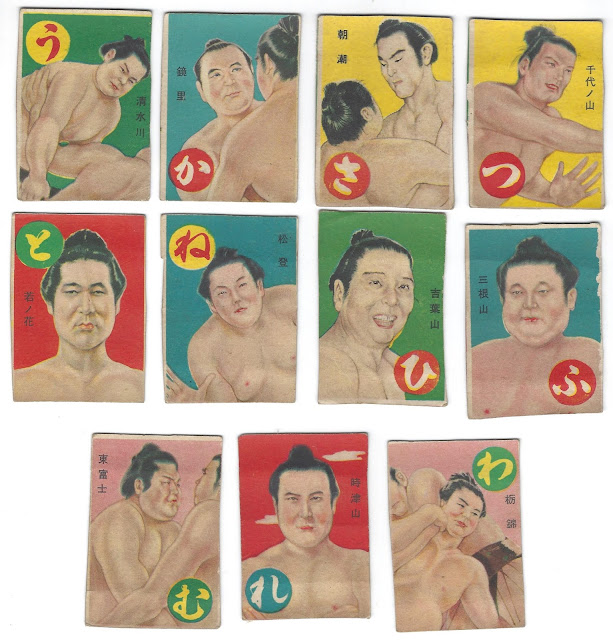Three years ago I posted about sumo wrestler salaries and trying to answer "How much money do sumo wrestlers make?" The true answer lies with the sumo wrestlers themselves as well as a few individuals within the Nihon Sumo Kyokai (Japan Sumo Association). As a refresher, the salary of the top two divisions of sumo wrestlers comes from basically 7 sources:
1. Monthly base salary
2. Lifetime cumulative record salary, paid 6 times a year
3. Tournament Stipend (To offset expenses)
4. Bout Prize Money (if the bout is sponsored)
5. Tournament Prize Money (either for the championship or individual awards)
6. Fan Club Contributions
7. Endorsements
I want to focus on the Monthly Base Salary which is a great indicator of booms as well as unpopular times in sumo. The first chart is the salary, in Yen ¥, from 1975 to 2019. What's interesting to note is the steady climb of salaries up until the early 1990s when a massive sumo boom, coupled with economic prosperity, shot salaries to record heights! The boom tailed off in the early 2000s and then actually decreased temporarily during a low-popularity time in 2006 which took almost 10 years to get through. Sumo has been in another boom for about the last 5 years and we see that reflected in salaries.

The next chart are those salaries above converted into dollars based on the inflation rate for each year to give you a better appreciation of how that would have translated into earnings in the U.S. during each of those years. It's interesting that the dollar-yen exchange rate basically stagnated the earnings from 1985 and then our strong economy and a weakening Japanese economy in the mid- to late-1990s did not translate very well to earnings in American dollars. But even in the 1990s, earning a $7,500 base salary as a Juryo was still a strong amount.

Maybe the most interesting chart is this one where I adjusted all the dollars for inflation to 2021 Dollars. What does this mean? Let's use 1979 as an example. It means if you are earning $10,000 a month today on 16 March 2021 and then hopped in the time machine with your $10,000 back to 1979, you would be living the life of a Yokozuna. Your $10,000 a month would go really far back in 1979. How much would you have to earn in 2021 to live the life of a Yokozuna in 1997? Well, you'd have to be earning $35,000 a month today in order to live that life in 1997.
I won't recap the article from 3 years ago, but one thing that is apparent from these charts: there is a ratio of earning between each rank and these numbers have not changed considerably in 46 years. A Yokozuna will always earn about 2.7x more than Juryo, Ozeki will earn about 2.25x more than Juryo, Sekiwake/Komusubi will earn about 1.65x more than Juryo, and Maegashira will earn 1.25x more than Juryo.
There you have it! Have a great week and sayonara!















